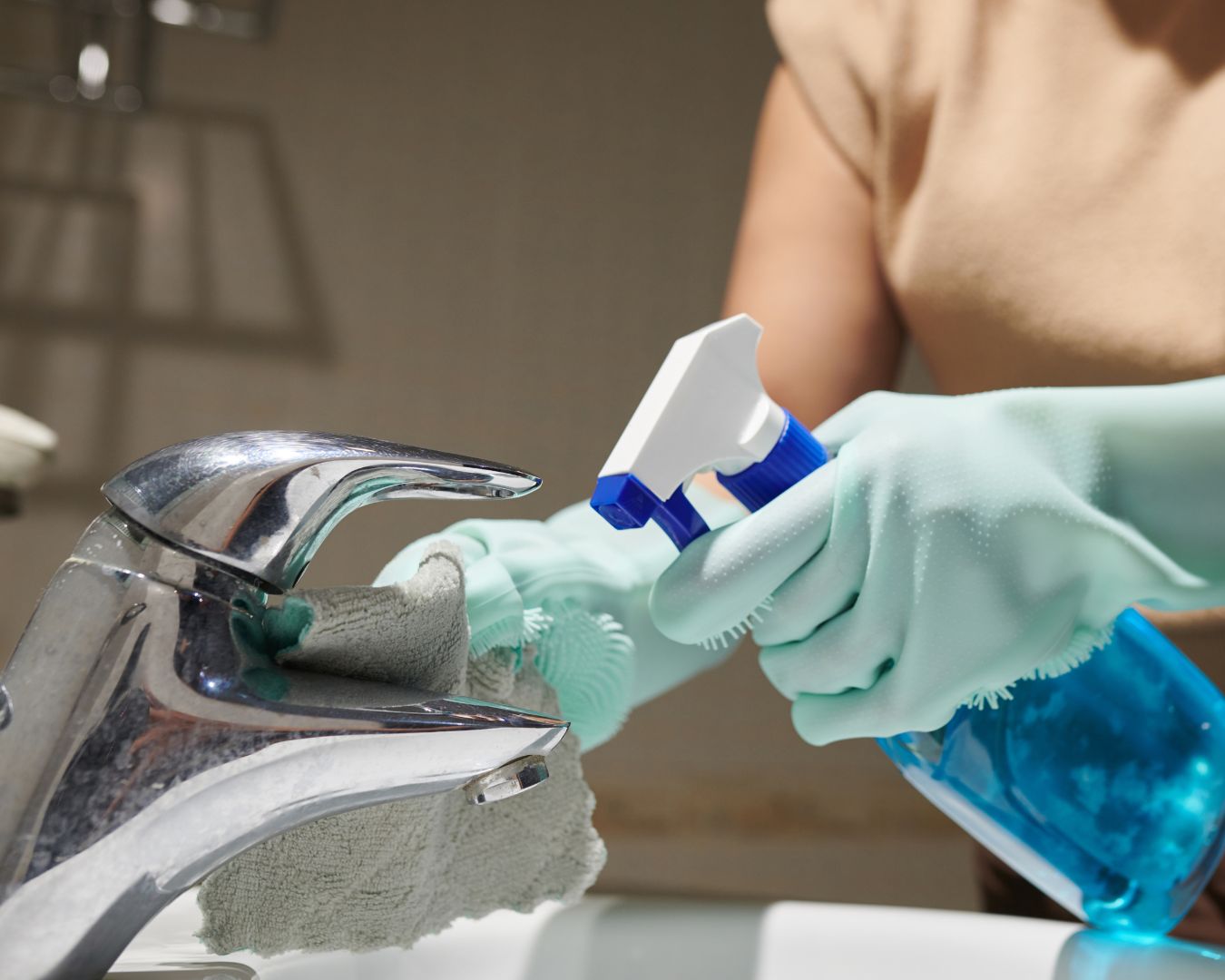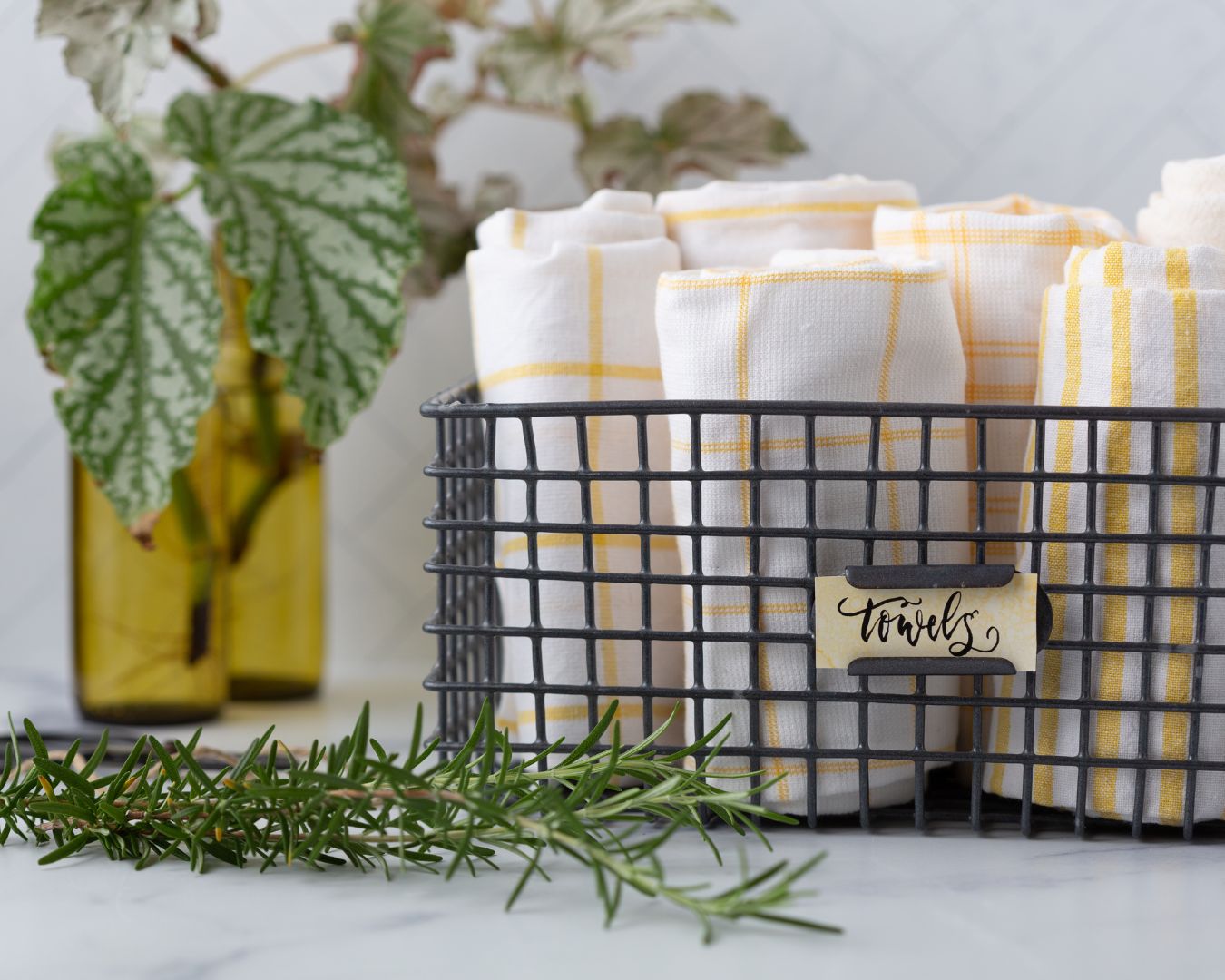The Best Way to Remove Stains from Kitchen Towels
Kitchen towels are indispensable in any kitchen, but they can quickly become stained and unsightly from everyday use. From spilled sauces to greasy fingerprints, these stains can be tough to remove, especially if they’re left untreated for too long. Fortunately, with the right techniques and a few household products, you can restore your kitchen towels to their original pristine condition. Here’s a comprehensive guide to the best ways to remove stains from kitchen towels. Act Quickly The sooner you address a stain, the easier it will be to remove. Blot the stain gently with a clean cloth or paper towel to absorb excess liquid. Avoid rubbing, as this can push the stain deeper into the fibers. Pre-Treat with Stain Remover For stubborn stains, a pre-treatment can be highly effective. Apply a stain remover or a mixture of baking soda and water directly to the stained area. Let it sit for 15-30 minutes before washing. DIY Stain Remover Recipe: Use Vinegar and Baking Soda Vinegar and baking soda are powerful natural cleaners. For tough stains, add 1 cup of white vinegar to your washing machine’s rinse cycle, or sprinkle baking soda directly on the stain before washing. Both ingredients help to lift stains and neutralize odors. Steps: Try Hydrogen Peroxide Hydrogen peroxide is effective for removing a variety of stains, including blood and coffee. Apply a small amount directly to the stain and let it sit for 10-15 minutes before rinsing. Steps: Lemon Juice and Salt For grease stains, lemon juice and salt can work wonders. The acidity of the lemon juice helps break down grease, while the salt acts as a gentle abrasive. Steps: Boiling Water for Persistent Stains Boiling water can be an effective method for removing persistent stains, especially those caused by tea or coffee. Steps: Use Oxygen Bleach Oxygen bleach is a safer alternative to chlorine bleach and can be used to remove tough stains without damaging the fabric. Follow the package instructions for the correct amount to use. Steps: Avoid Fabric Softeners Fabric softeners can build up on towels over time and make stains harder to remove. Instead, use vinegar in the rinse cycle to keep your towels soft without the buildup. Drying and Maintenance After washing, check if the stains are gone before drying, as heat can set stains. If necessary, repeat the stain removal process. For best results, air-dry your towels or use a low-heat setting in the dryer. Removing stains from kitchen towels can be a straightforward process if you act quickly and use the right methods. With these tips and tricks, you’ll be able to keep your kitchen towels looking fresh and clean, no matter how messy your cooking adventures get. Remember, regular maintenance and prompt treatment are key to keeping your towels in top shape! Do you have any tried-and-true methods for removing stains from kitchen towels? Share your tips in the comments!


